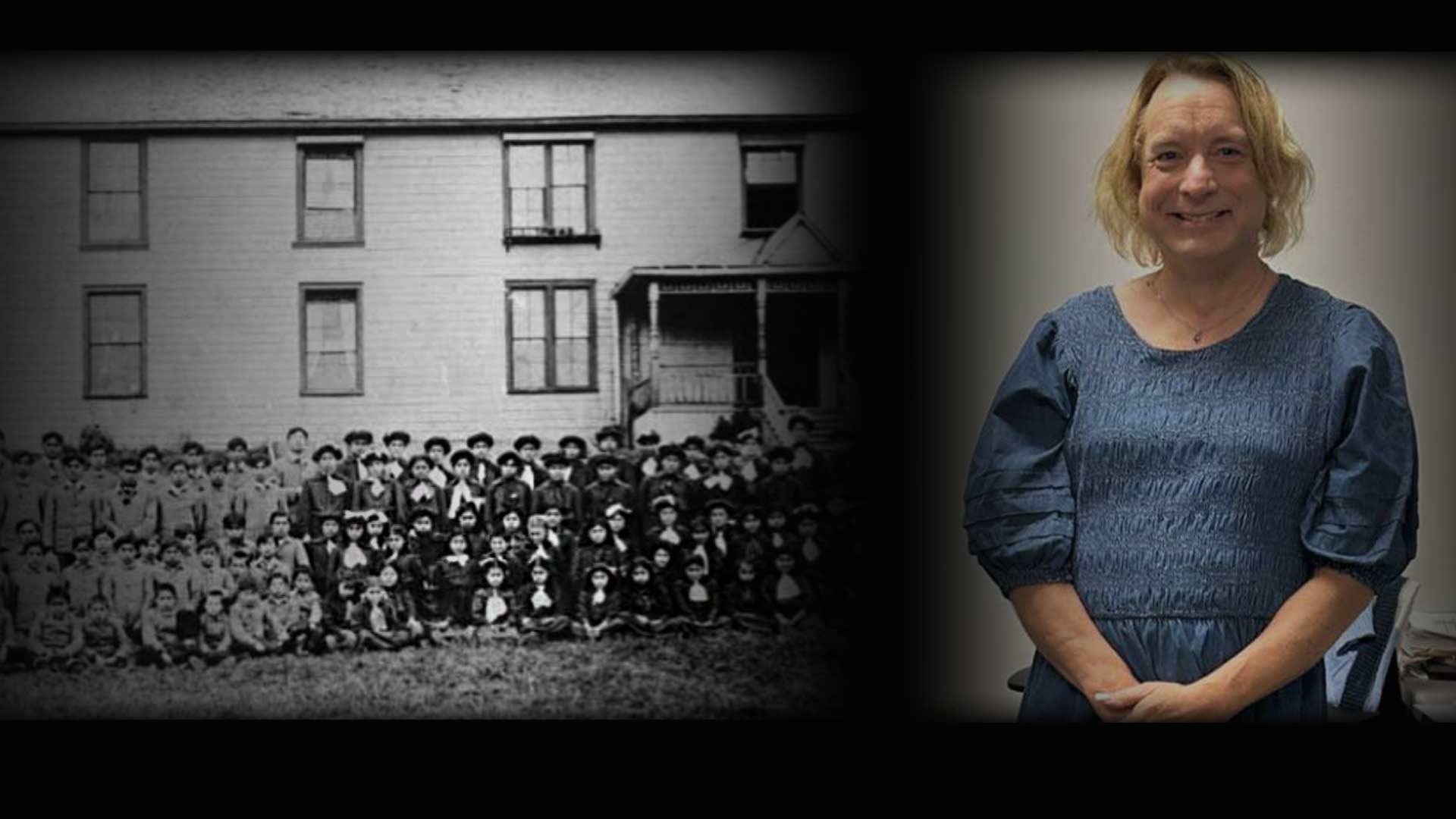
The number of marriages, babies and children are plummeting across Alaska according to the state’s Vital Statistics report released on Dec. 6. The annual publication contains key information about life, death, marriage, separations, declining birth rates and the notable loss of school-age children. Some highlights from the 2018 figures are listed below.
POPULATION FACTS
Alaska’s population grew to 736,239 in 2018, compared to 697,828 in 2009. Demographically the state breaks down to 68.9% white (507,304), 17.4% American Indian/Alaska Native (127,929), 8.8% Asian/Pacific Islander (64,661), and 4.9% black (36,345).
Men still outnumber women, 378,817 to 357,422. That amounts to 106 males for every 100 Alaska females as compared to just 97 males for every 100 females in the U.S. overall.
Anchorage, Mat-Su, Interior, and the Gulf Coast contained nearly 81% of the population (593,380), with 40% concentrated in Anchorage, a city of 295,365 residents.
CHILDREN ON THE DECLINE
Alaska was home to 157,376 children, ages 0-14 years old, and they comprised 21% of the general population. Teens, ages 15-19 years, accounted for 47,566 people or 6.5% of the state population. Adults, 20-64 years old, were 60% of the population or 443,993 people, and seniors, ages 65 and over, were 11.9% of the population with 87,304 people.
Of note, however, is the fact that school-age youth, ages 0-19 years old, dropped from 206,448 in 2017 to 204,942 in 2018 – a net loss of 1,506 in a single year. Since 1998 the school-age population has fallen by 6,419 despite the fact that Alaska has added nearly 120,000 people over the past 20 years.
DECLINING BIRTHS
Alaskans welcomed 10,092 babies in 2018, but fertility rates continued to fall across all ethnic demographics. Births were down by 1,302 compared to 2014 as fertility rates dropped from 77.5 to 69.3 over five years. American Indian/Alaska Native women had the highest fertility rate by race.
More babies were born in August (934) than in any other month. On average moms were 28.6 years old and dads 31.3 years old when their babies were born.
Teenagers gave birth to 422 babies last year, down from 643 in 2014. A 14-year-old was the youngest mother, while the oldest was 49. The youngest father was 15 and the oldest 71.
TOP BABY NAMES
The most popular girl name in 2018 was Olivia, which has held steady at either number one or number two since 2014. The next most popular girl names were Amelia, Aurora/Charlotte, Emma and Sophia. Oliver was the most popular boy name and has been in the top five the last four years. Other top boy names were Logan, Liam, Elijah/Michael, and Benjamin in that order.
DROP IN MARRIAGES & SEPARATIONS
Alaska had 4,940 marriages and 2,759 separations last year as marriage rates continue to plummet. Approximately 78 “marriages” were between same-sex couples. Overall, there were 632 fewer marriages in 2018 than in 2014. July, with 721 marriages, was the most popular month to get hitched, and January the least with just 236.
ADOPTIONS HIGHEST AMONG ALASKA NATIVES
There were 735 adoptions last year. State courts granted 553 adoptions, and 182 were through Alaska Native village councils and tribal courts. The average child was six years old when adopted. American Indian/Alaska Native children had the highest adoption rate by race.
LIFE EXPECTANCY
Life expectancy is number of years that an infant born in 2018 can expect to live if they experience the same age-specific death rates as everyone who died during their birth year. Between 2016-2018 the average life expectancy for all Alaskans was 80.1 years, but men can expect 6.5 years less than women.
Years left to live if you were this age in 2018:
- 40-44: 43.1 years left
- 45-49: 38.6 years left
- 50-54: 34.3 years left
- 55-59: 30.1 years left
- 60-64: 26.1 years left
- 65-69: 22.2 years left
- 70-74: 18.5 years left
- 75-79: 15.4 years left
- 80-84: 12.8 years left
- 85+: 11.3 years left
DEATHS
Alaska recorded 4,461 deaths last year – 2,547 men and 1,914 women. Cancer was the leading cause, followed by heart disease, unintended injury, suicide and drug overdose. The deadliest month was November with 404 deaths. In terms of longevity the oldest woman was 105 when she died, and the oldest man was 102.
Child death rates for those ages 5-14 years have risen from 14.3 to 24.2 over the past five years. There were 45 child death in 2014 and 77 in 2018.
Teen deaths for ages 15-19 are also on the rise, going from a rate of 68 to 87. In 2014 there were 100 teen deaths, compared to 125 last year.
With 56 deaths by homicide, 2018 was the lowest in four years. The highest over the last four years was 2017 when 78 people were murdered. Suicides also dropped to the lowest number in four years with 184 deaths.






